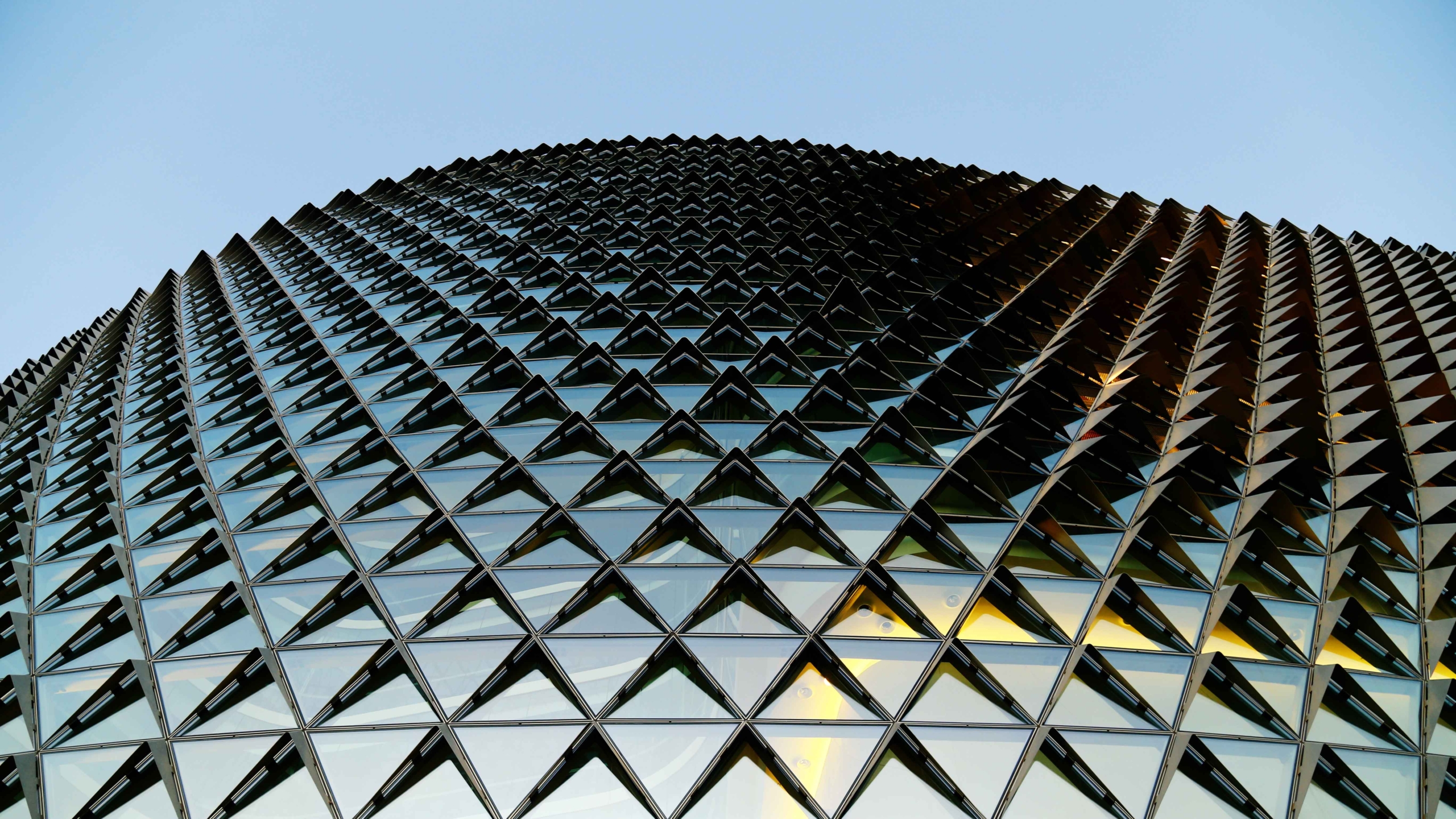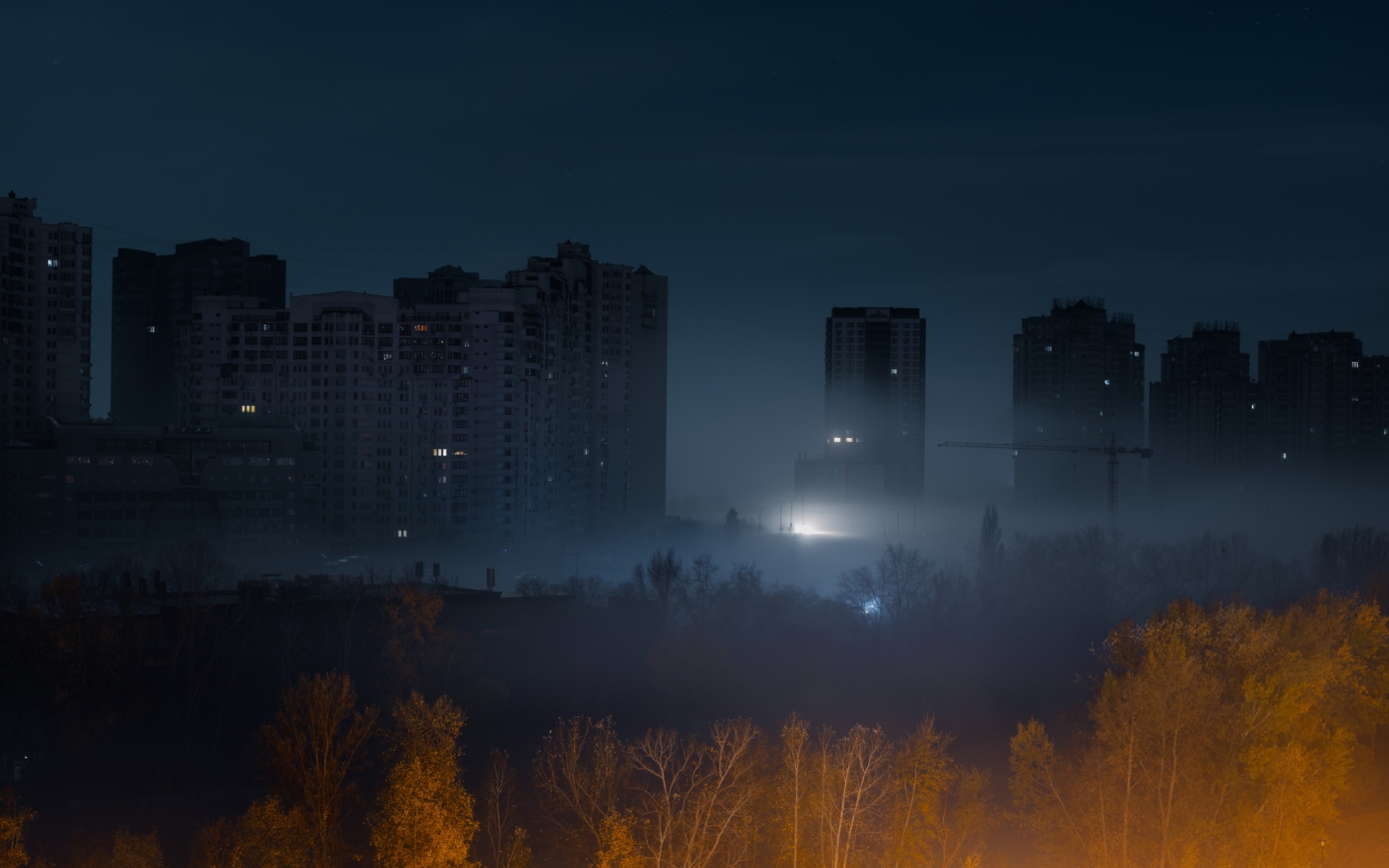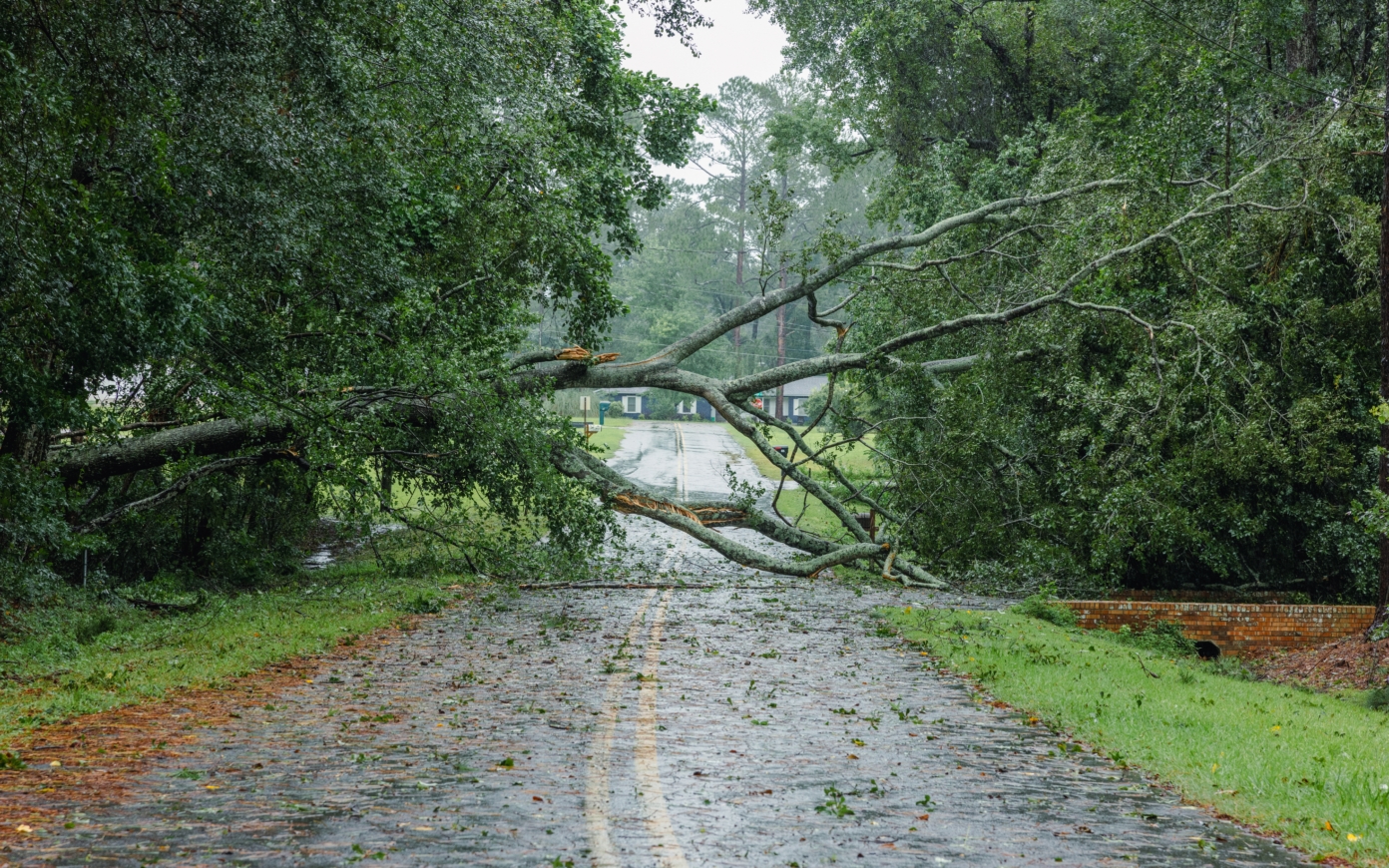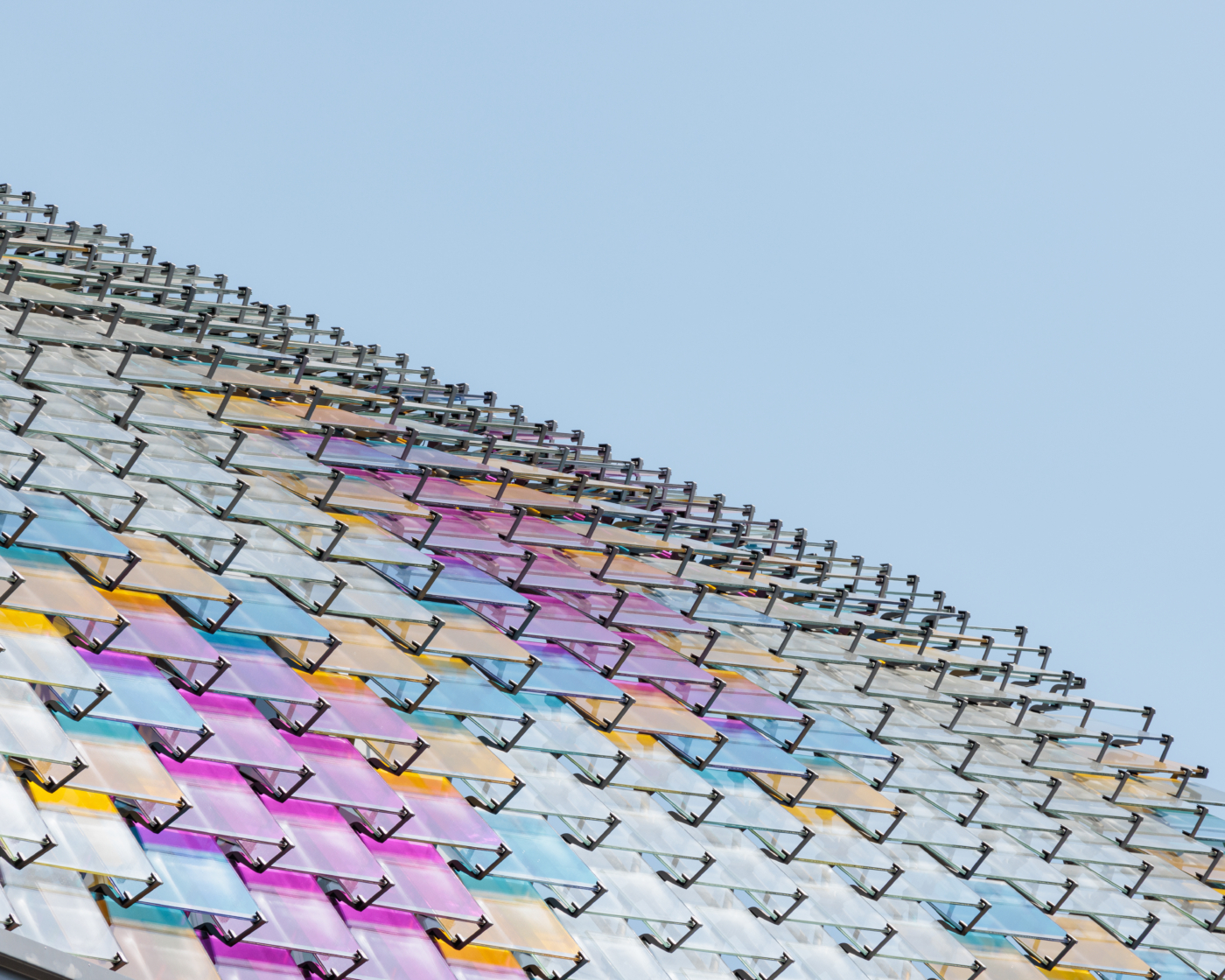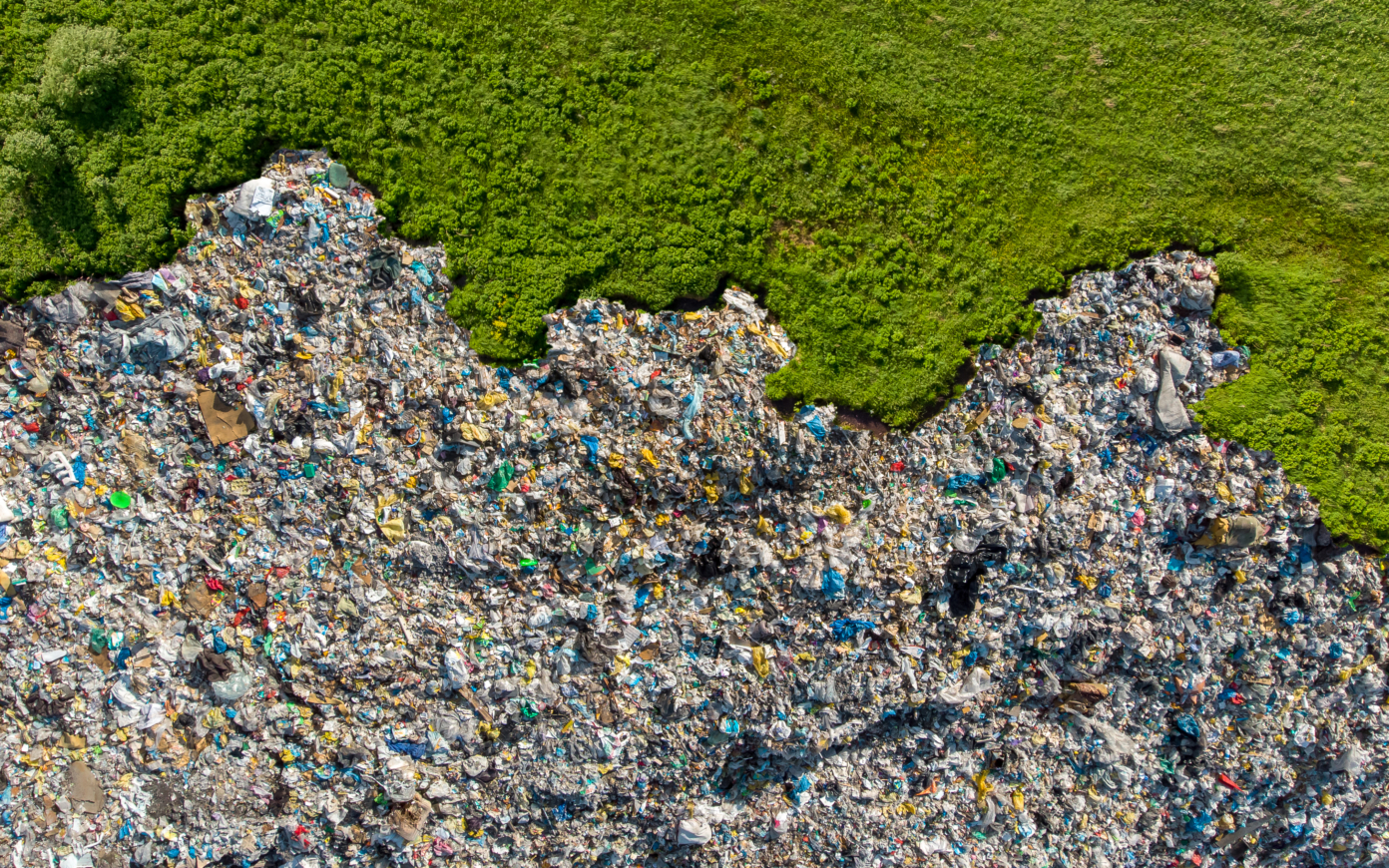How does one go from architectural design, working with Jean Nouvel, to real estate development for an international firm?
I joined Jean Nouvel’s agency in 1987, where I began working on the project for the Onyx center for culture in Saint-Herblain with Myrto Vitart. After that I participated in the call for tenders for the Centre des Congrès in Tours, that we ended up winning. We had a lot of similar projects coming from public procurement, and then the agency went into a nose dive. The structure had grown too quickly and there were too many teams, which led at one point to a big cash-flow problem and a significant management problem.
In 1994, Jean Nouvel left to pursue new horizons with a new associate. It was at that time that I began to work with ING on various projects, in particular a project in the Czech Republic, initiated by an encounter between Paul Koch and Jean Nouvel. We thus began to work with private, international procurement. In the beginning it was Paul Koch, ING and Jean Nouvel who suggested a strategic urban study on the city of Prague.
Opening on contemporary practices
The response provided by Jean Nouvel was more a vision of city renewal than a classic urban study, thus allowing a private promoter to directly visualize zones that had added value and those that could be potentially developed.
